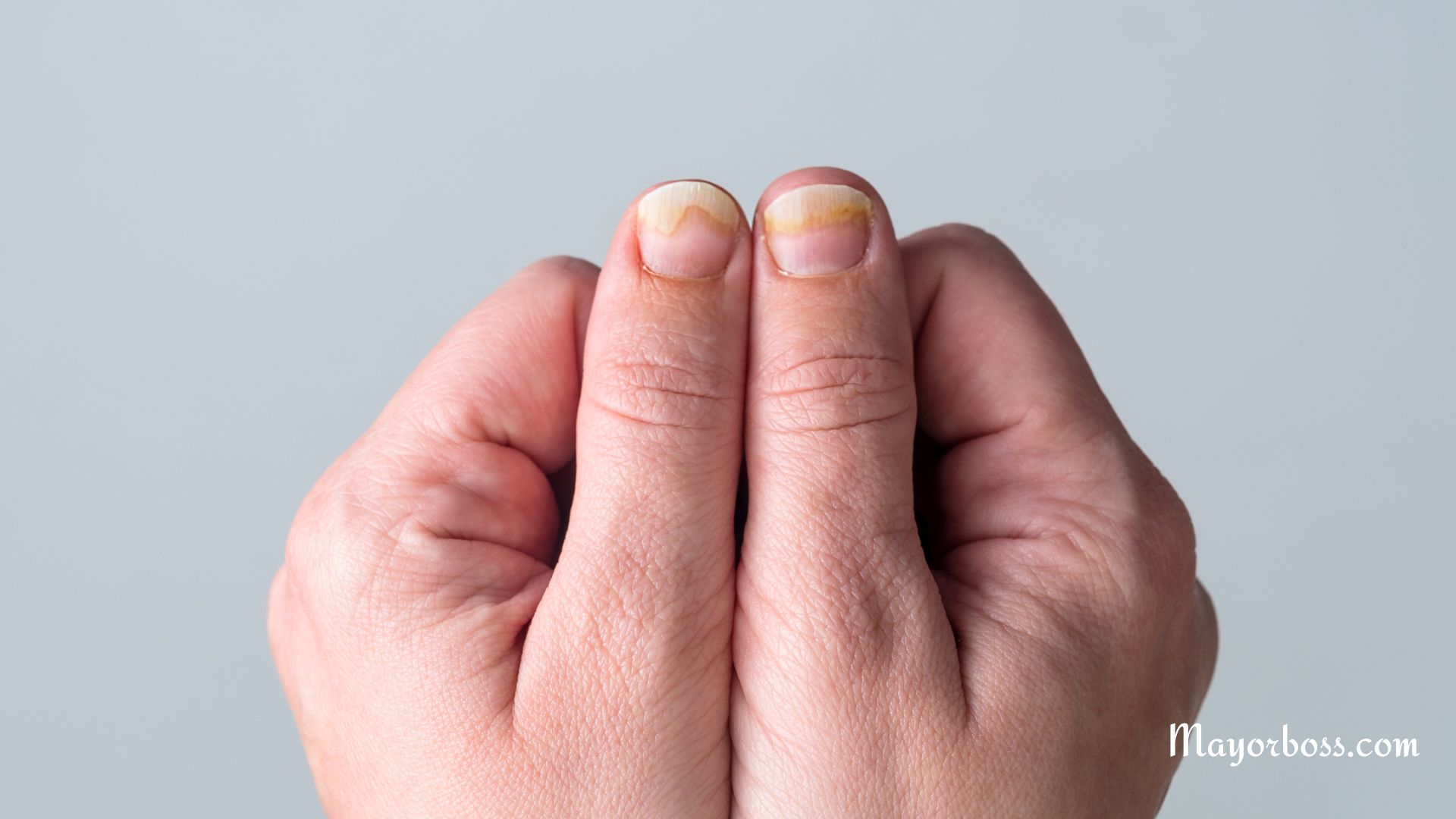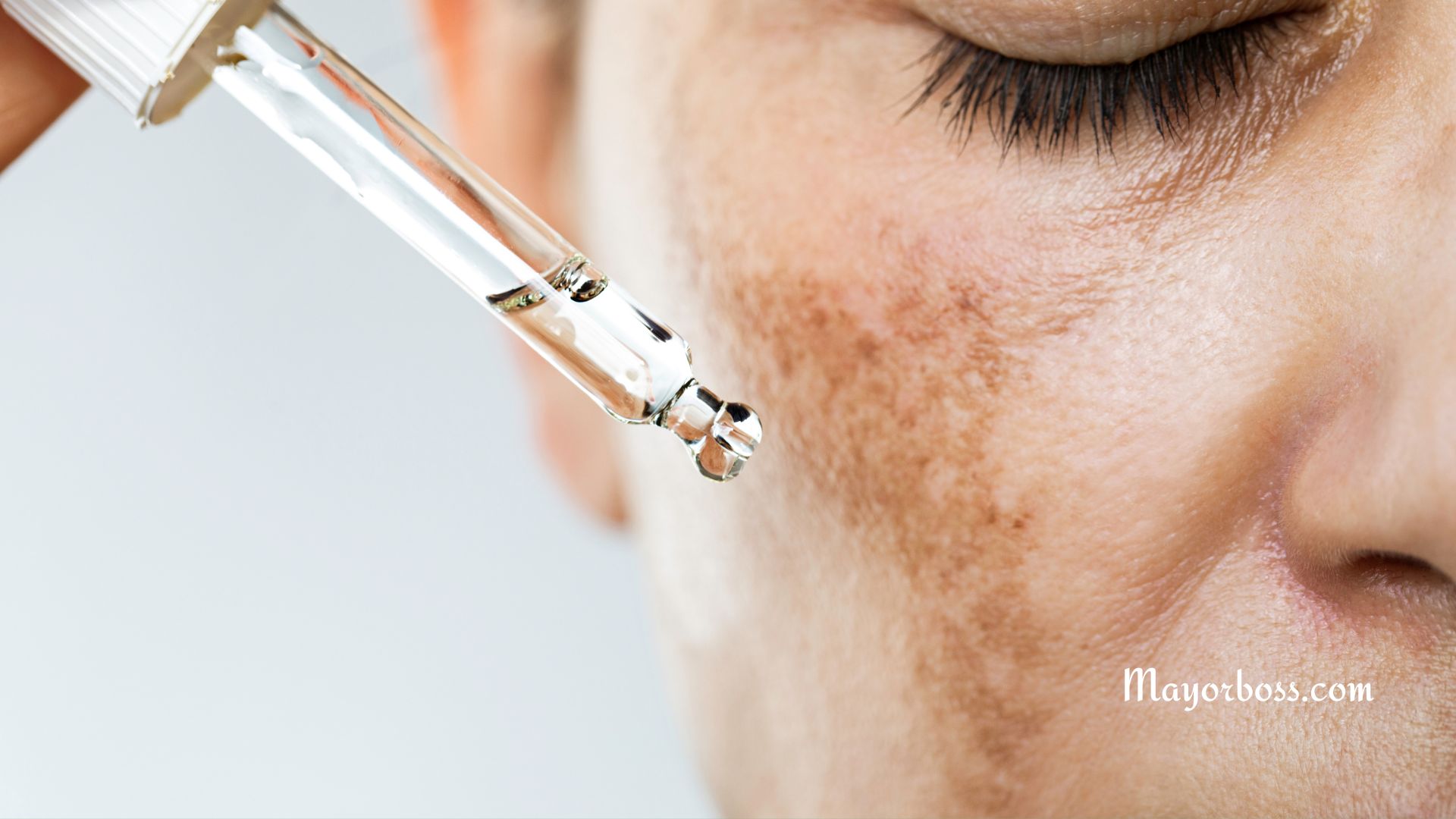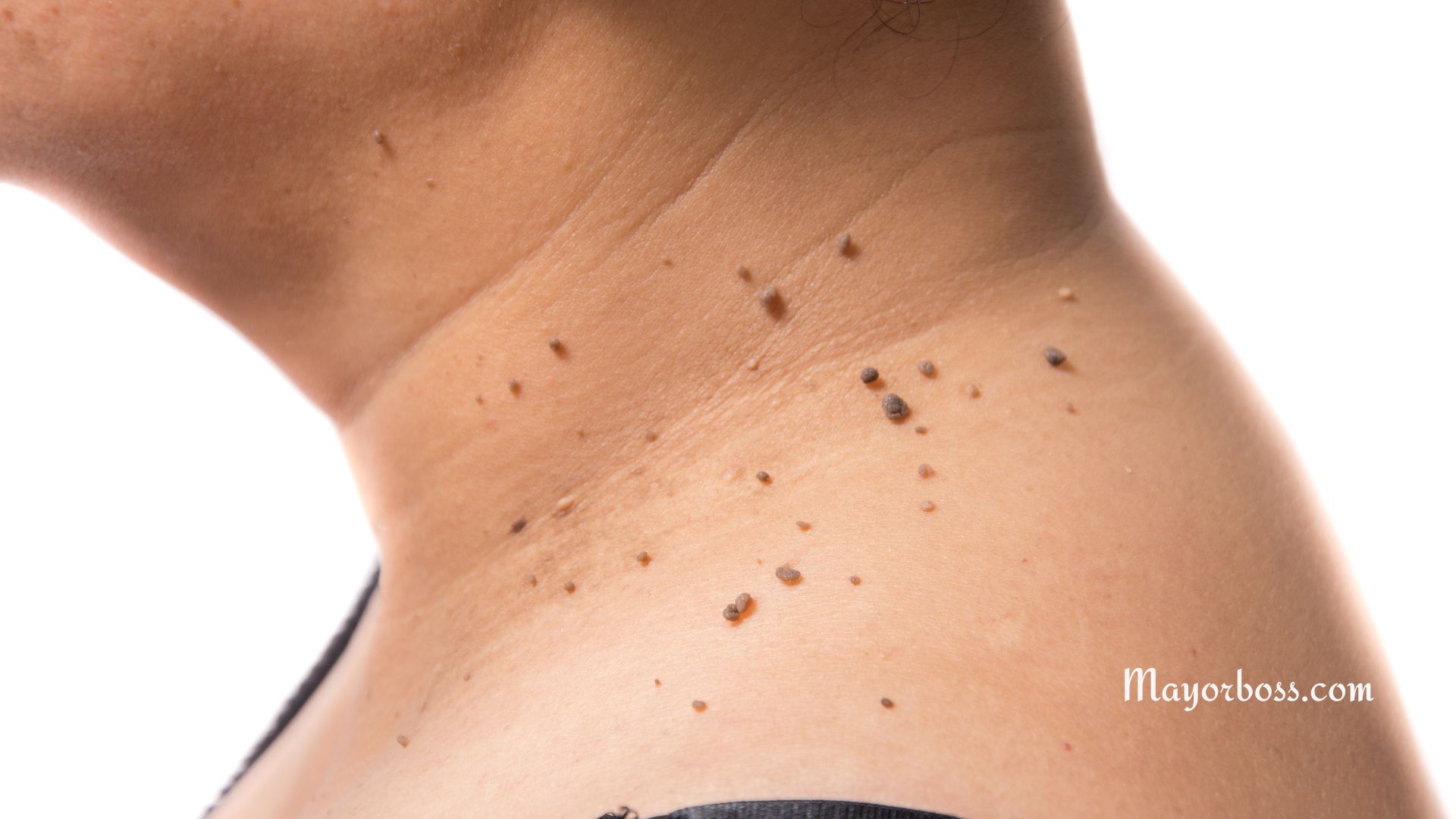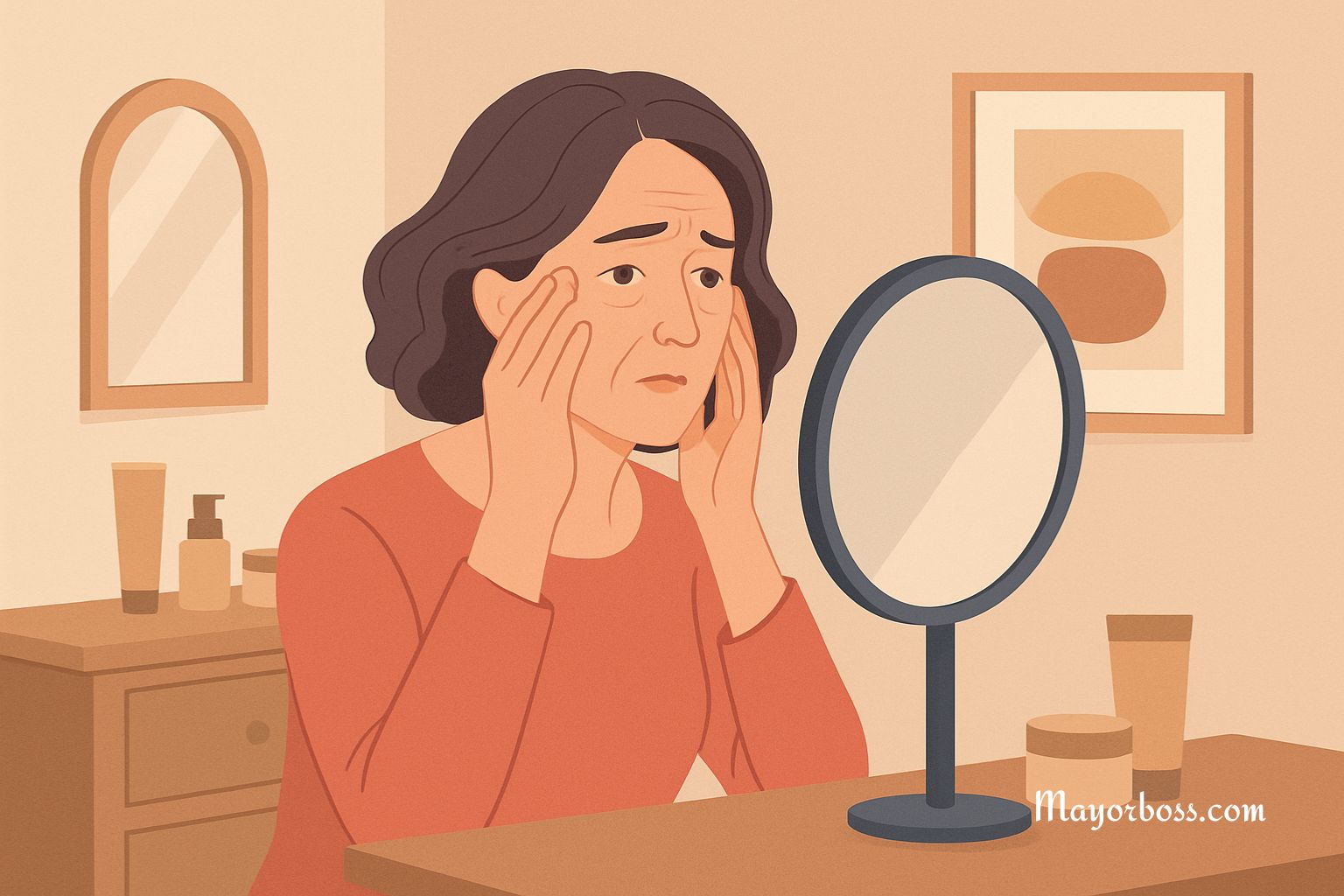Treatment for a Fungal Nail Infection
Fungal nail infections, medically known as onychomycosis, occur when fungi invade the nails. This condition is more common in toenails than in fingernails. You might notice your nails turning yellow, thickening, or becoming brittle. Now, here is how to treat fungal nail infection.

Antifungal Creams and Ointments
These are readily available and can be a first line of defense. You apply these directly to the infected nail. Consistency is required here – you must use them regularly for several weeks.
Medicated Nail Polishes
These polishes contain antifungal agents. You paint it on the affected nails and surrounding skin once a day. After seven days, you wipe the layers off with alcohol and start fresh.
Antifungal Nail Creams
Soften your nails first by soaking them. This helps the cream penetrate the nail. Then, apply the cream directly to the nail.
Oral Antifungal Medications
These are often more effective than topical treatments. Options include terbinafine, ketoconazole, griseofulvin, and itraconazole. They enable a new nail to grow free of infection, gradually replacing the infected part. You typically take these drugs for 6 to 12 weeks but won’t see the full result until the nail grows back completely.
Medicated Nail Polish
Your doctor might prescribe an antifungal nail polish called ciclopirox. You apply it to your infected nails and surrounding skin once a day.
Nail Removal
In severe cases, if your nail is extremely painful or the infection is very deep, your physician might recommend removing the nail. But don’t worry. A new nail will typically grow in its place, but it might take a year.
Vinegar Soaks
Some people find soaking their feet in a mixture of vinegar and water helps. The idea is that vinegar has antifungal properties.
Tea Tree Oil
Tea tree oil has potent antifungal and antiseptic properties. You can use it directly to the affected nail twice daily with a cotton swab.
Baking Soda
Interestingly, baking soda can be used in foot soaks or as a paste. It’s believed to have antifungal properties and can also help neutralize fungal nail infections.
Coconut Oil
Coconut oil possesses caprylic acid, which is helpful against certain types of fungi. Apply a delicate amount of oil amount to the affected area and let it soak in.
Garlic
Garlic contains allicin, which has strong antifungal properties. Crush or finely chop garlic and mix it with olive oil. Put this mixture on the affected nail and leave it on for about 30 minutes.
Snakeroot Extract
This is a less-known remedy but has shown promising results. Snakeroot extract, derived from plants in the sunflower family, can be applied to the affected area.
Oregano Oil
Oregano oil contains thymol, which has antifungal and antibacterial properties. Mix it with a carrier oil, like olive oil, and use it on the affected nail.
Cornmeal
Cornmeal has a surprising antifungal property. Make a paste or a soak with cornmeal and water, and apply it to the infected nails.
Lemon Juice
Lemon juice has both antiseptic and antifungal properties. Put fresh lemon juice into the infected nail for about 30 minutes before rinsing.
Dietary Changes
Although indirect, improving your diet can boost your immune system, which helps fight off fungal infections. Focus on a balanced diet rich in antioxidants and reduce sugar intake.
Probiotics
Probiotics can help balance the body’s natural flora and may be beneficial in fighting fungal infections. Incorporate probiotic-rich foods like yogurt, kefir, or a probiotic supplement.
Saltwater Soak
Soaking your feet in a saltwater bath can help fight infection and aid in healing. Dissolve enough salt in warm water and soak your feet for 20-30 minutes.
Keeping Nails Dry and Clean
This prevents fungi from thriving. Always dry your feet well after washing, and wear breathable footwear.
Regular Trimming
Keeping your nails trimmed can reduce pressure and discomfort.
When to See a Doctor
You should consult a doctor if:
- The infection worsens or doesn’t improve with home treatment.
- You have diabetes or a weakened immune system, as fungal infections can pose more significant health risks.
The Journey to Clear Nails
Fungal nail infections can be stubborn, so patience is essential. In many cases, fungal nail infections can come back even if treatment is successful. Therefore, maintaining good foot hygiene and proactively protecting your feet in public spaces (like swimming pools and locker rooms) are crucial to preventing reinfection.
Further Reading: 7 Home Remedies For Fungal Infections






